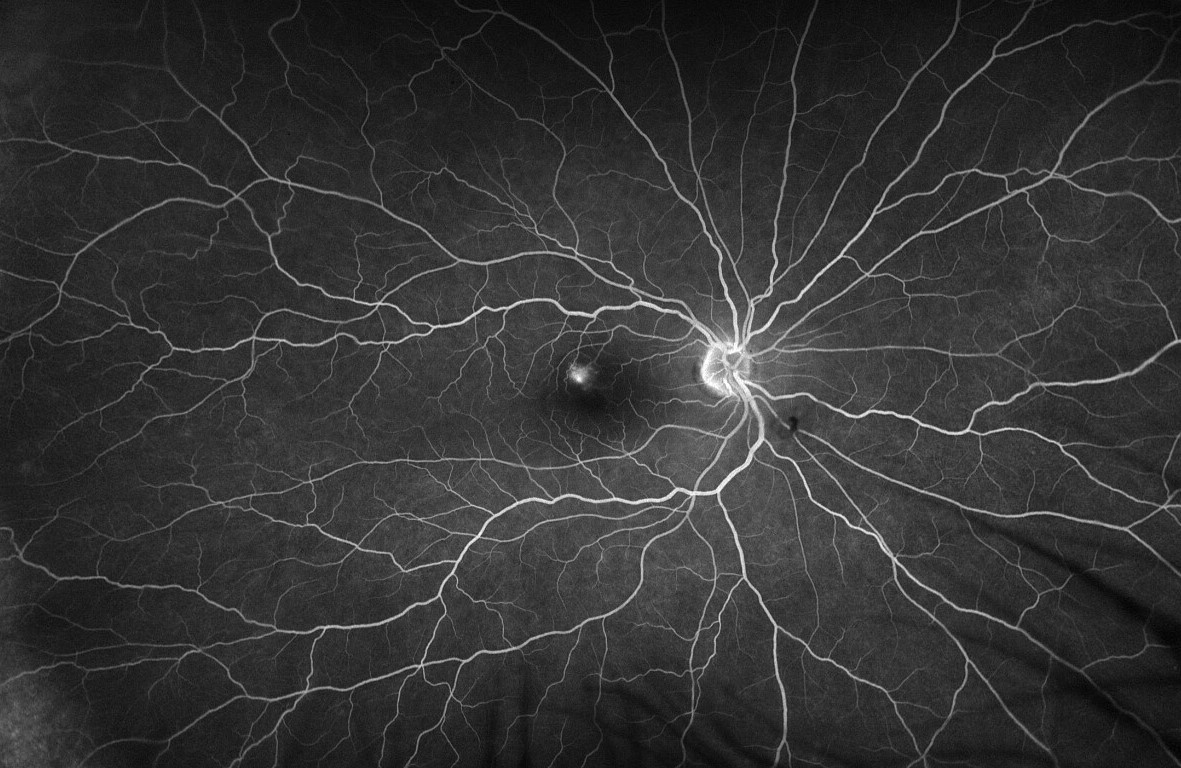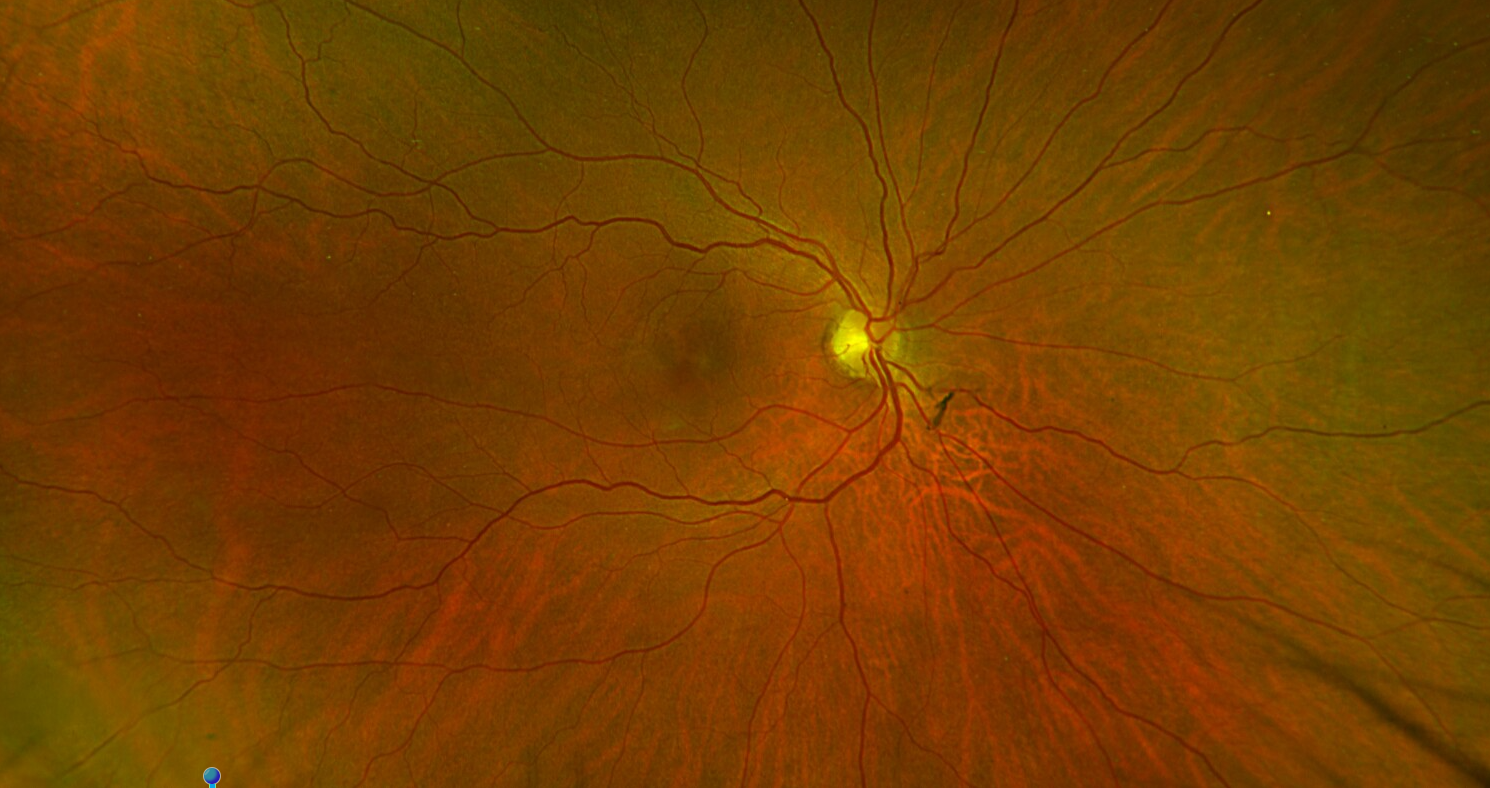Retina Conditions Explained: Central Serous Chorioretinopathy (CSR)
What is the Retina?
The retina is a light-sensitive tissue lining the back of the eye, it can be compared to the film of the camera.
It converts light rays into electrical impulses that travel through the optic nerve to our brain where they are interpreted as the images we see.
A healthy, intact retina is key to clear vision.
What is Central Serous Retinopathy?
Central serous retinopathy (CSR) is a condition in which fluid accumulates underneath the retina in the central macula, causing vision loss.
For unknown reasons, tiny areas of the retinal pigment epithelium (RPE), a layer of cells under the retina, become defective. Fluid builds up and accumulates under the RPE, much as liquid in a blister collects under the skin. As a result, a small detachment forms under the retina, causing vision to become distorted.
Causes:
CSR usually occurs in one eye and can affect men or women. The cause of CSR is not fully understood, but there are several factors that are more common in those who develop the condition.
- Men 30-50 years of age
- Stress
- People with the “Type A” personality
- Steroid Use (e.g., prescription medication, skin creams, joint injections, nasal sprays, inhalants, or performance enhancers)
Symptoms:
Changes are most often confined to the macula, the central part of the retina responsible for our central vision. With that said, patients will often experience loss of central vision, central distortion, decreased color vision, or a central blind spot. Patients may also notice objects may appear farther away than what they really are.
Diagnosis:
To understand if you have developed central serous retinopathy, you will need to see your regular eye doctor or a retina specialist for examination and testing.
CSR is diagnosed by dilated eye examination and confirmed through specialized testing such as optical coherence tomography (OCT) and fluorescein angiography (FA).


The fluorescein angiography requires the injection of a mild mineral based dye injected through the vein in your arm. Photographs are taken as the dye passes through the retinal vessels, highlighting the abnormal areas.
The OCT will take a cross-section image of the retina, showing retinal thickness and any swelling of the retina.
Treatment Talk:
Most cases of CSR are managed by observation of the condition, as CSR often resolves without treatment within several weeks or months, and your eyesight often returns to normal or almost normal once the swelling subsides. Patients taking steroids may need to discontinue or modify dosages, if possible and only after consulting their physician.
Recovery does require time and patience, as improved vision typically occurs within 1-4 months. However, there are instances when treatment may be desirable. These instances include when there is persistent swelling or significantly reduced visual acuity.
Patients with chronic CSR may need laser treatment, oral medication, or eye injections which may prevent significant loss of vision.
- Photodynamic therapy or “cold” laser
- Medication (oral, injection in arm, injection in eye)
- Thermal laser treatment to seal leaking blood vessels.
Read even more about CSR and other conditions we treat here.
Written by Tennessee Retina team members
Cora Brady & Mirna Stevens
